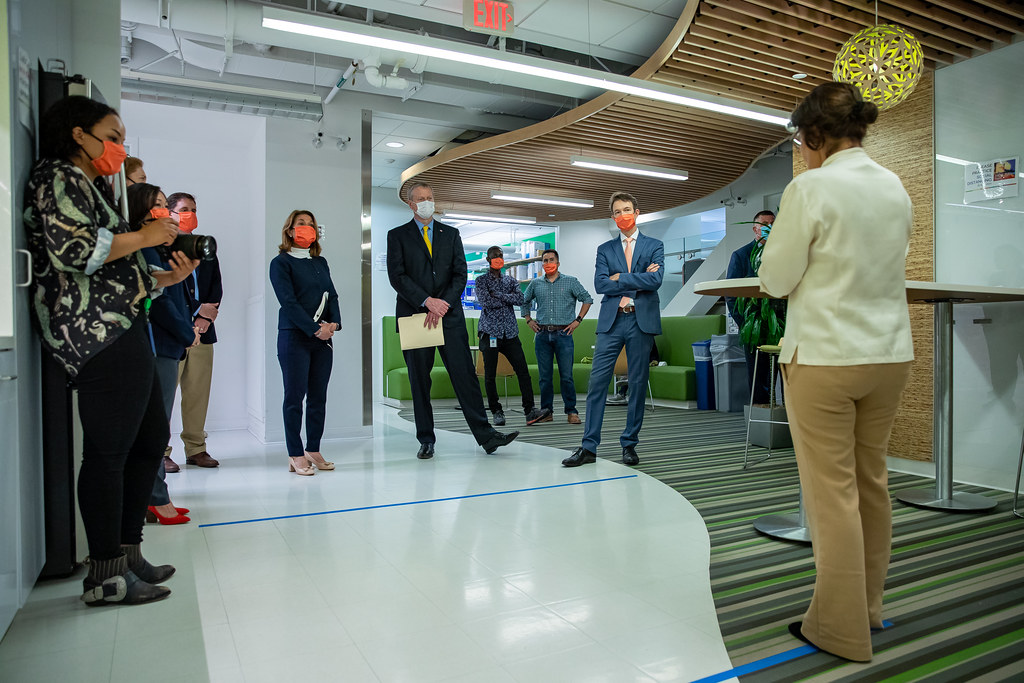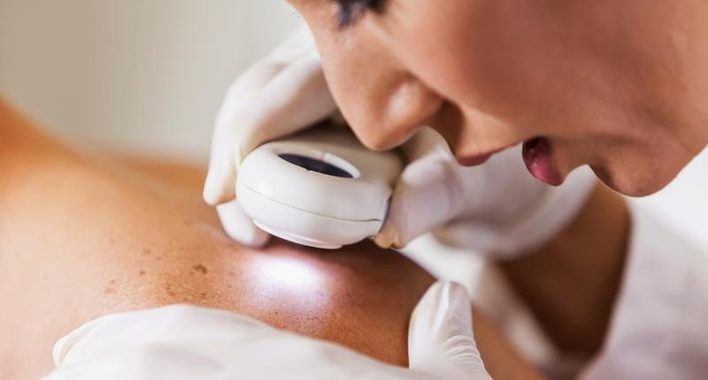Ways That We Can Respond to Emergencies at Home or the Workplace

During the difficult times of COVID19, we have seen the importance of preparedness in times of disaster. However, amidst the pandemic medical practitioners need to go beyond their call of duty to respond to other medical emergencies. Read on to know more about how medical facilities can plan for emergencies.
Emergency Response is a Collective Effort
Whether it is pandemic or emergency deliveries, medical practitioners have a huge role in managing the situations. It also entails having the right tools and equipment to respond to emergencies. Here are some common types of emergencies;
Mothers and Newborns
Society depends on women for many things. One of the most significant roles they play is giving birth. However, some complications may arise, whether at home or the workplace that needs emergency care. On the other hand, medical facilities can opt for the C-Arm Rentals for Emergency Delivery from C-ArmNow, and other medical equipment to expand their patient care. Leasing of property eliminates the need for medical facilities to invest heavily to have a machine to handle emergency deliveries.
Cardiovascular Complications
Poor supply of blood to the heart is the most likely cause of heart attack. It happens when a person starts feeling chest discomfort or pains. A patient may start having difficulty in breathing, faint, or have severe pain. If there is no immediate medical care, it may lead to loss of life.
A quick response to a person experiencing symptoms of heart attack reduces the likelihood of complications significantly. It is vital to call the local medical emergency number to get instant help. Ensure to give relevant information regarding the situation. Medical practitioners will conduct CPR if the patient is having difficulty breathing.
Fractures
Accidents occur at home and the workplace. It is different from when a person breaks his/her bones. The fractured area will appear tender and will probably swell. It is also painful, and the bone will feel irregular. Whenever a fracture happens, the affected individual needs to maintain his/her position to get the first-aid. Offer support to the injured person to limit further stress to the area or subsequent damage. Do not bandage the fractured part if you do not have the necessary training. It is crucial to take the patient to a medical facility for treatment.
Burns
There are numerous factors at home that can cause burns on the human body. Some of them include steam from cooking food, hot water or oil, hot metal in industries, and fire. It may lead to skin damage or blistering, and it is critical to be cautious of handling the patient.
Handling the burn with care is essential to avoid damaging the skin. Also, avoid applying any ointment, and you may bandage the area if there are no major burns. However, it is vital to seek immediate medical attention for severe burns.
Conclusion
It is critical for medical facilities to evaluate their emergency and response services. They need to develop the plan and set up the structure to respond effectively and improve medical care.

 Top 5 Benefits of Specialized Healthcare for Veterans
Top 5 Benefits of Specialized Healthcare for Veterans  Which delta 9 gummies are known for their potency?
Which delta 9 gummies are known for their potency?  Ways to Relieve Back Pain Naturally
Ways to Relieve Back Pain Naturally  The Life-Saving Benefits of Mohs Surgery for Skin Cancer
The Life-Saving Benefits of Mohs Surgery for Skin Cancer  Finding the Right Florida Pain Management Center
Finding the Right Florida Pain Management Center  A Lifetime of Brain Health: Tips for Every Decade
A Lifetime of Brain Health: Tips for Every Decade  From Breath to Flow: Understanding the Role of Pranayama in Vinyasa Yoga
From Breath to Flow: Understanding the Role of Pranayama in Vinyasa Yoga  The Role of Supplements in Modern Health: A Balanced Perspective
The Role of Supplements in Modern Health: A Balanced Perspective